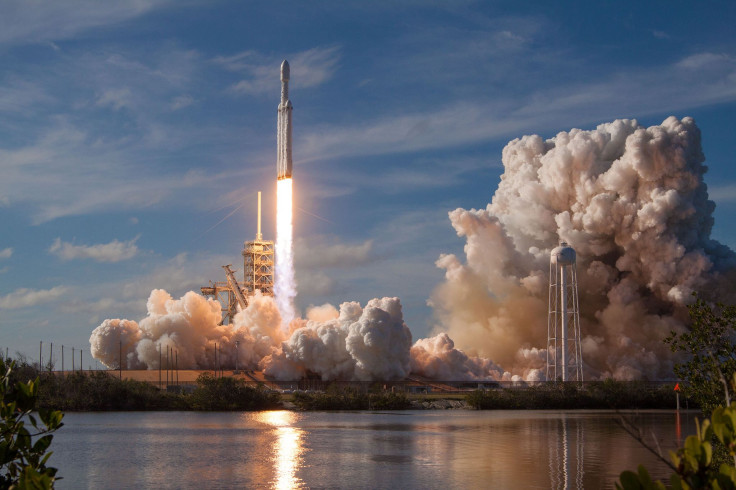SpaceX Counters Report Claiming Its Technology Brings Power But Could Threaten Lives

When it comes to spacefaring, Elon Musk’s SpaceX needs no introduction. The company has done wonders in the commercial spaceflight segment while executing satellite launches and mastering the art of reusability. It plans to soon launch astronauts to the International Space Station (ISS) and is currently on a road to colonize Mars with the help of BFR, a powerful, 348-foot-long spaceship designed to ferry people and cargo between Earth and Mars.
SpaceX ferries cargo to the ISS using its Dragon spacecraft and Falcon 9 rocket. It is developing refinements to carry crew later this year, but over these past few years, some concerns have been raised regarding the safety of the astronauts. According to a report in the Washington Post, experts flagged the risk associated with the company’s ‘load-and-go’ fueling method, which involves keeping the propellant extremely cool.
The practice shrinks the propellant physically and makes room for adding more fuel into the tank and increasing the vehicle’s power. However, as the experts pointed out, the task comes with a major caveat. In order to maintain such levels of temperature, the tank has to be filled right at the last moment, which – if the mission is crewed – would mean the spacefarers are already onboard. At such point, a slight mistake or spark during the loading procedure could set off a catastrophic explosion.
As the Post notes, a NASA advisory board flagged the risk noting the practice goes against the booster safety criteria which has been in place for more than 50 years. John Mulholland, Boeing’s vice president and program manager for commercial programs in space exploration, also shared the same opinion and stated NASA never went ahead with a method like that due to the risks that came with it. “When you’re loading densified propellants, it is not an inherently stable situation,” he said, according to the report.
However, SpaceX, on its part, considers the ‘load-and-go’ method to be safer compared to the one used by NASA. During a Congressional hearing in January Hans Koenigsmann, VP of build and flight reusability at SpaceX, said, “What we tried to do here is we tried to minimize the time we expose personnel, not just astronauts, but also crew to the hazard of fueling,”
“Our procedure is actually that we put the astronauts, we strap them in, we make sure they’re comfortable, and then the ground crew retreats and we arm the pad abort system that we’ve already tested,” he added. “Then we start fueling the main propellants basically within what amounts to half an hour or something like that. So, it’s a relatively quick procedure and we believe that this exposure time is the shortest possible and therefore the safest approach”.
The difference here could go up to a point of contention between NASA and SpaceX, according to the report. "NASA is supposed to be a risk-taking organization," Greg Autry, a business professor who served on Trump’s NASA transition team, told the Washington Post. "But every time we would mention accepting risk in human spaceflight, the NASA people would say, 'But, oh, you have to remember the scar tissue'— and they were talking about the two shuttle disasters. They seemed to have become victims of the past and unwilling to try anything new, because of that scar tissue."
The agency wants SpaceX and Boeing to ensure the chance of death on their vehicles should not go over 1 in 270 flights. Targeting the same, the two companies are inching closer to crewed missions and will demonstrate their refined space capsules in an unmanned flight in August. More updated information regarding the concerns related to these missions will be revealed during the 2nd quarterly meet of the Aerospace Safety Advisory Panel on May 17.
The story was updated to include more information about SpaceX’s position on its fueling method and Hans Koenigsmann’s statement.
© Copyright IBTimes 2025. All rights reserved.




















